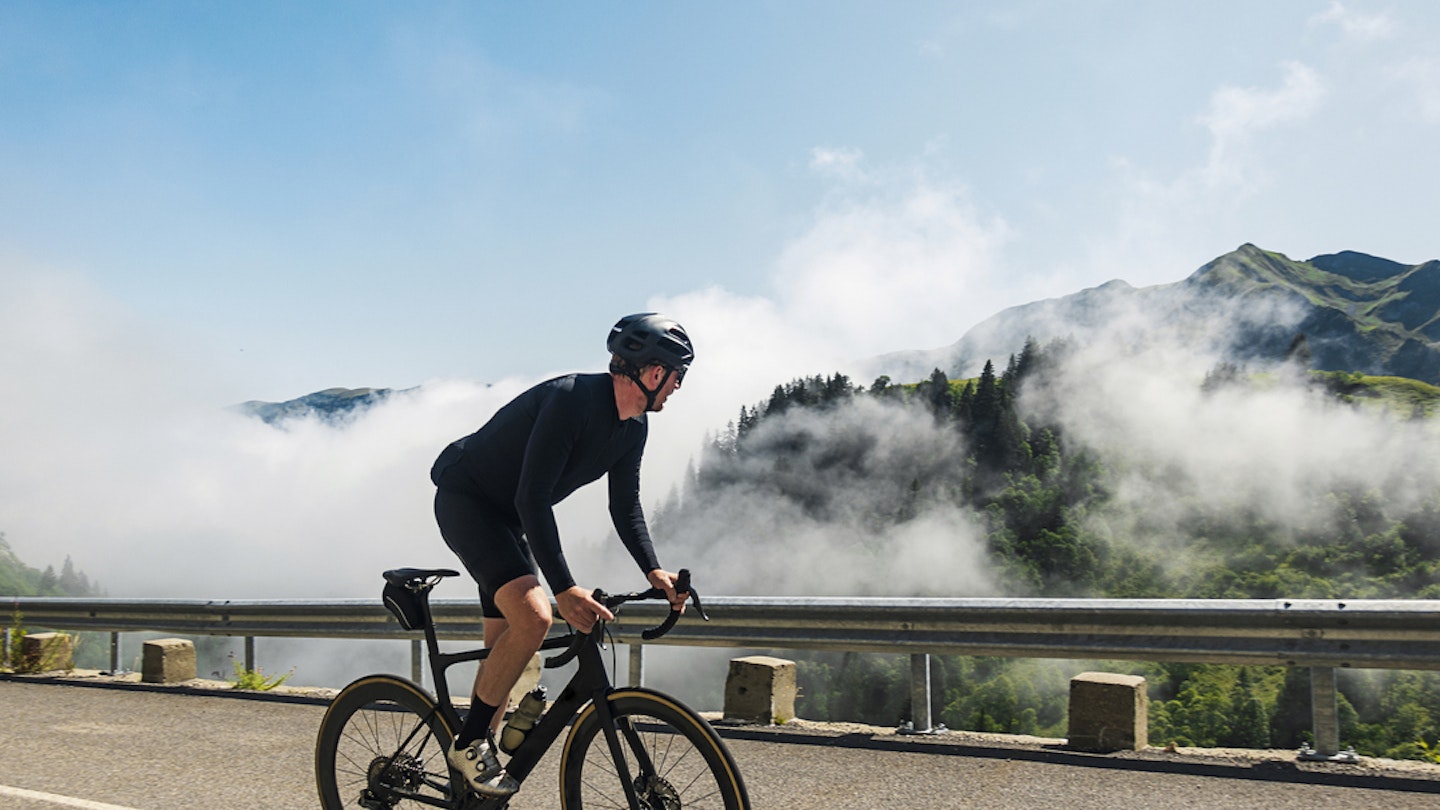If you're looking for a bike in this price range, you're probably looking at taking your bike riding more seriously or looking for a bike to be more focused on your road riding than an all-around machine. You may be considering audax rides or even some of the more severe sportives. Whatever your reason, we've rounded up the best.
Typically, bikes around the £1,000 mark have a reasonably balanced geometry and are pretty neutral in their handling. As you start paying more money for your bike, you see geometry changes, whether they're more aggressive in their riding, meaning you may have to change your position more, or they're more focused on climbing hills or sprinting.
Consider this when you're buying your bike, if you live in a relatively flat area of the UK, then it doesn't seem quite right to buy a bike suited to going up hills. Similar story if you live in a hilly part of the UK or plan to do more climbing than sprinting, a heavier sprinters bike doesn't make much sense. Getting the gearing right here will also help you train and ride.
You can also wave goodbye to rim brakes at this price point, with manufacturers preferring to plumb for more powerful disc brakes. The only choice you'll have to make, which may come down to the final cost, is hydraulic or mechanical. Hydraulic is easier to use, requiring less power from your grip to apply them, and mechanical can get a stretchy cable if not correctly maintained. They both have pros and cons, which are explained further in this article.
So, let's get into it and look at the best road bikes you can buy between £2,000 and £3,000, whether you're working on your fitness or taking that step towards racing bikes.
The best road bikes for under £3,000
Entry level road racer
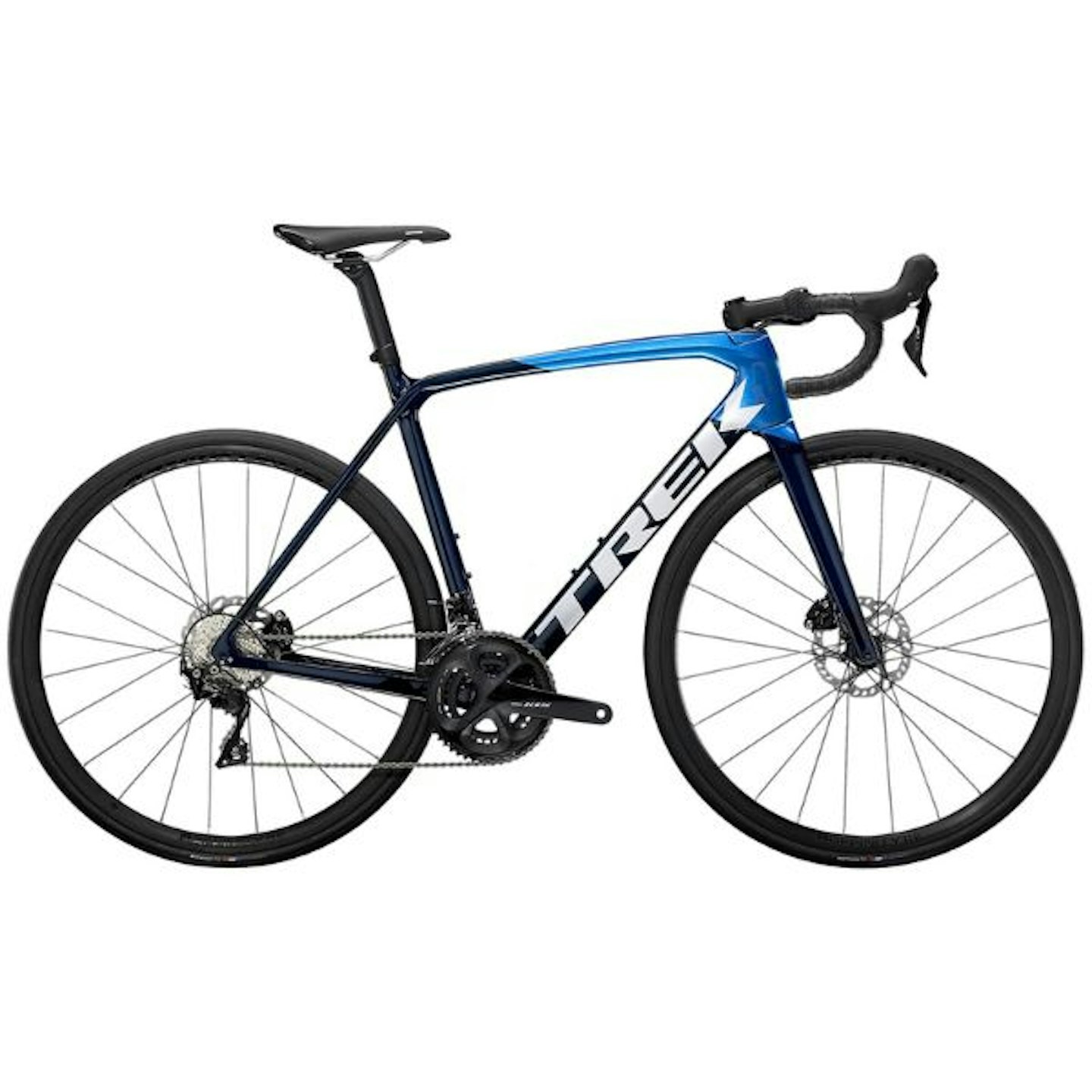
www.sigmasports.com
A carbon frame, hydraulic disc brakes and a Shimano 105 groupset which has a vast range of 11-30 tooth cassette and a compact 34/50 chainset. You have enough gearing to tackle long steep climbs and still spin it out through the flats. The Bontrager Affinity Disc wheels are also tubeless ready to help keep weight down and attack the climbs.
Pros
- Compact gearing
- Hydraulic disc brakes
- Full carbon frame
Cons
- Hydraulic disc brakes require more maintenance
| Frame | Trek Ultralight 500 Series OCLV Carbon |
| Fork | Trek Emonda SL full carbon |
| Brakes | Shimano 105 hydraulic disc |
| Gearing | Shimano 105 R7000, 11-30t, 11 speed |
| Wheelset | Bontrager Affinity Disc, tubeless-ready |
| Weight | 9.15kg size 56cm |
Best spec at low price

www.sigmasports.com
Try and find the cables, if you can. This excellent full carbon monocoque construction frame hides the cables internally rather well. The trick in this frame is not how it hides the cables but how it uses optimised carbon layups to create a stiff and compliant frame while the low stack pushes aero.
Pros
- Orbea Ready 19 wheels have an alloy rim, are light, strong and are compatible with tubeless-ready or standard clincher tyres
- The carbon fork with alloy steerer is stiff, strong and reduces road vibrations
- Shimano Ultegra hydraulic disc brakes offer powerful and controllable stopping power
Cons
- The lower riding position can be tough on your back
| Frame | Orbea Orca carbon OMR Disc |
| Fork | Orbea carbon fork 2021 |
| Brakes | Shimano Ultegra R8070, hydraulic disc |
| Gearing | Shimano 105 R7000 11-30t, 11-speed |
| Wheelset | Orbea Ready 19 |
| Weight | Not given |
Best recognised brand and frame
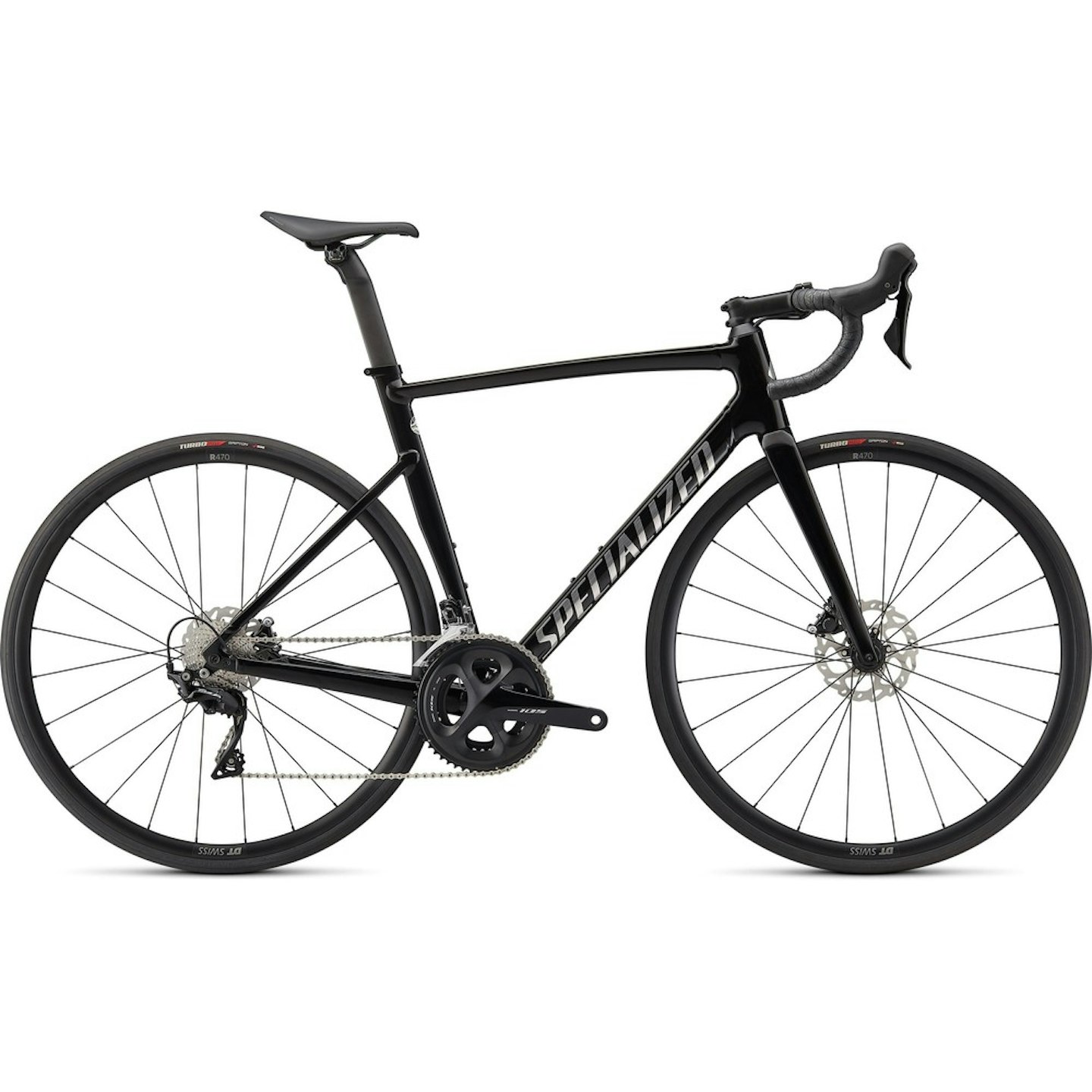
www.sigmasports.com
The Specialized Allez Sprint has been designed as an aluminium alternative to carbon race bikes rather than a budget option, so don't think you're going down the cheaper route here with this bike, as the geometry and many other features have been lifted straight off the pro-level SL7.
The downtube and bottom bracket have been formed using a single piece of aluminium, meaning that stiffness is at a maximum and there is minimal loss in power transfer.
Hydraulic disc brakes and mechanical 11-speed gears are all Shimano 105, making this bike a seriously competent machine at this price.
Pros
- An optimised aluminium frame
- Trickle-down tech from pro-level race bikes
- Looks clean with hidden cabling
Cons
- It could be expensive to service and maintain
| Frame | Specialized E5 Premium Aluminium Disc frame |
| Fork | Specialized FACT Carbon |
| Brakes | Shimano 105, hydraulic disc |
| Gearing | Shimano 105, 11-speed, 11-28t |
| Wheelset | DT Swiss R470 rim |
| Weight | Not given |
Best all-rounder

www.sigmasports.com
If you want to mix up your riding between hills and flats, you'll likely want to consider something like the BMC Roadmachine SEVEN. The carbon frame is stiff and responsive, not to mention light. Paired with a carbon fork, road buzz is reduced significantly, and your view of the road (and bike) won't be obscured by cables, thanks to BMC's ICS (Integrated Cockpit System). It's a beautiful-looking bike and a great all-rounder.
Pros
- All-rounder
- Responsive frame
- Full Shimano 105 Groupset
Cons
- Maintenance costs could be high
| Frame | BMC Roadmachine Premium Carbon with Tuned Compliance Concept Endurance |
| Fork | BMC Roadmachine Premium Carbon with Tuned Compliance Concept Endurance |
| Brakes | Shimano 105 R7070 hydraulic disc |
| Gearing | Shimano 105, 11-32t, 11-speed |
| Wheelset | Rim - PRD23 |
| Weight | 11.0kg |
Best big discount
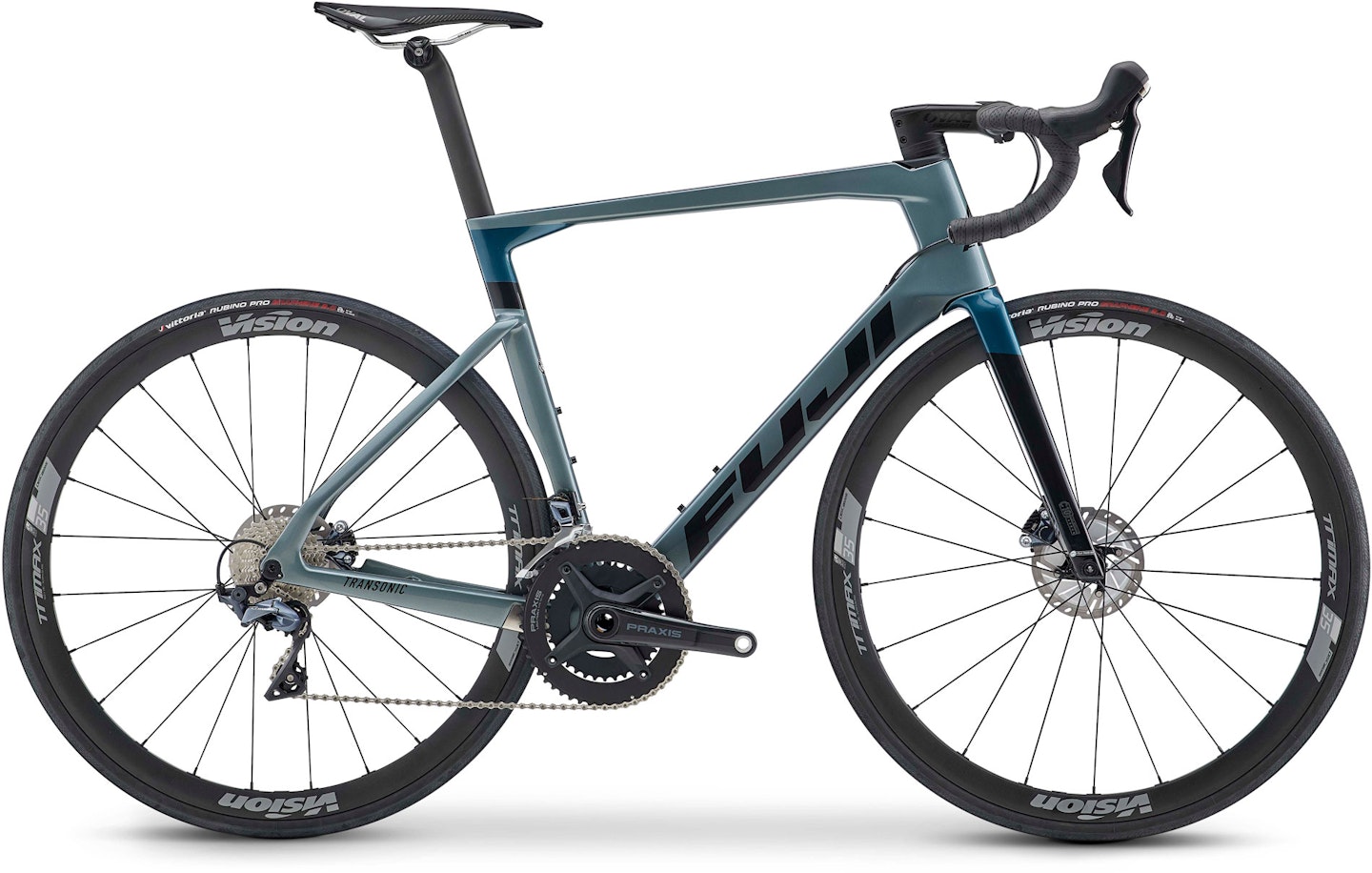
www.wiggle.co.uk
This aggressively shaped and designed Fuji Transonic 2.1 road bike is in the top price range. A full carbon frame with an integrated and tapered head tube made out of the high-modulus C10 carbon, as are the forks. Road buzz and bumps are slightly flattened while still having a stiff frame to get the most out of the pedal stroke.
There is also an upgrade in the Shimano groupset here, with the commonly seen Shimano 105 giving way to Ultegra, which offers an 11-speed cassette and hydraulic disc brakes.
Again cables have been semi-hidden by handlebar tape before popping out near the handlebar stem and making their way into the down tube.
Rolling on tubeless FSA Trimax 35 Disc wheels wrapped in Vittoria Rubino Pro IV tyres.
Pros
- High-performance carbon frame and fork
- Shimano Ultergra groupset
- Powerful hydraulic disc brakes
Cons
- Maintenance costs could be high
| Frame | C10 high-modulus carbon |
| Fork | C10 carbon monocoque |
| Brakes | Shimano Ultegra, hydraulic disc |
| Gearing | Shimano Ultegra, 11-30T |
| Wheelset | FSA Trimax 35 Disc |
| Weight | Not given |
Best Buy

www.sigmasports.com
Consider the discount on this, a Cannondale Synapse (available in all sizes), with 25% off. OK, yes, there's a small catch that it's not in the desirable Beetle Green paint, but the Synapse Carbon 2RL Road bike is cutting edge. Integrated SmartSense lights change with the lighting and riding conditions, with the rear light changing when a car approaches you using the Garmin Varia technology.
Shimano Ultergra Groupset with hydraulic groupset is also notable on this long list of impressive specs.
Pros
- SmartSense technology
- Shimano Ultegra Groupset
- Huge discount
Cons
- Maintenance costs will be high
| Frame | Cannondale Synapse Carbon, SmartSense enabled |
| Fork | Cannondale Synapse Full Carbon |
| Brakes | Shimano Ultegra, hydraulic disc |
| Gearing | Shimano Ultegra HG800, 11-34t, 11-speed |
| Wheelset | Fulcrum Rapid Red 900 |
| Weight | Not Given |
Hydraulic vs mechanical disc brakes
The difference between hydraulic discs and mechanical is that hydraulics are controlled by brake fluid, and mechanical are controlled via a cable to your brake leaver; this means that hydraulic disc brakes give you greater stopping power with more control. You do not have to put as much energy into the lever, meaning you can slow your bike down rapidly with just one or two fingers compared to mechanical brakes.

Another advantage is that the hydraulic fluid flows more readily through the cable routing, and there is less chance of experiencing drag through the cabling, as you might get from mechanically driven brakes.
A hydraulic brake system is effectively a closed circuit, so the chance of getting grit or road grim clogging the brake lines is far reduced. Hydraulic discs will also self-regulate, which will adjust as your disc pads wear down, so there is no 'dead zone' in the braking, or you have to adjust the brakes on your lever.
There is a downside. However, hydraulics are more expensive and much more challenging to maintain; you may wish to take them to your local bike shop to be serviced, as getting them perfect can be tricky. Also, if you plan on travelling with your bike, if it has hydraulic discs, they will need you to bleed the braking system to ensure they're running right, as the high altitude of flying can affect them.
So, to sum up:
| Pros for hydraulic | Pros for mechanical |
|---|---|
| • Greater stopping power with less effort | • Greater stopping power than rim brakes |
| • Self-regulating | • Easier to maintain than hydraulic |
| • A closed braking system | • Cheaper than hydraulic |
| Cons | Cons |
| • More expensive | • Inner cables can drag on the outer casing |
| • More maintenance | • Need to be on top of regulating as pads wear |
| • It can be not accessible to self-maintain |
Mechanically actuated hydraulic disc brakes
Yes – to confuse matters further, there is this hybrid system. However, it's not as daunting as it first sounds. This means a closed hydraulic system from the brake lever towards the brake actuator, where the hydraulic master cylinder pulls on the cable to apply the brakes. This system means you get the feel of hydraulic brakes with minimal cabling to put any drag on the system.
They can be powerful, but wear on the cable can be high due to the power of the hydraulic system.
Internal cables
It's probably best to point this out now, as we've touched on it in the points above – not only does internal cabling look so much sleeker and give your bike a nice clean look, but it also helps keep the braking system closed. This means less road muck clogging up the cabling and less friction from the inner cables rubbing on the outer cables.
Changing them can be a nightmare, meaning a trip to your local bike shop might be in order. However, their advantages are cleaner-looking bikes, cleaner airflow over the bike, and easier cleaning and maintenance are further apart.
Aluminium vs carbon frame
As we get into this price bracket, we'll see these two materials fighting it out for what's better, so let's bust some myths about these two materials to try and help you decide.
We're used to hearing that carbon fibre frames will be more comfortable over longer rides, eliminating road buzz – sure, this method of thinking is accurate, but only to a certain extent. Years ago, this was more true; aluminium can be a soft alloy, so manufacturers used to beef it up, giving it its uniformly stiff ride. We're now used to hearing the term' laterally stiff and vertically compliant. This is used only to be reserved for carbon fibre bikes as how you weave the carbon can give it different characteristics.
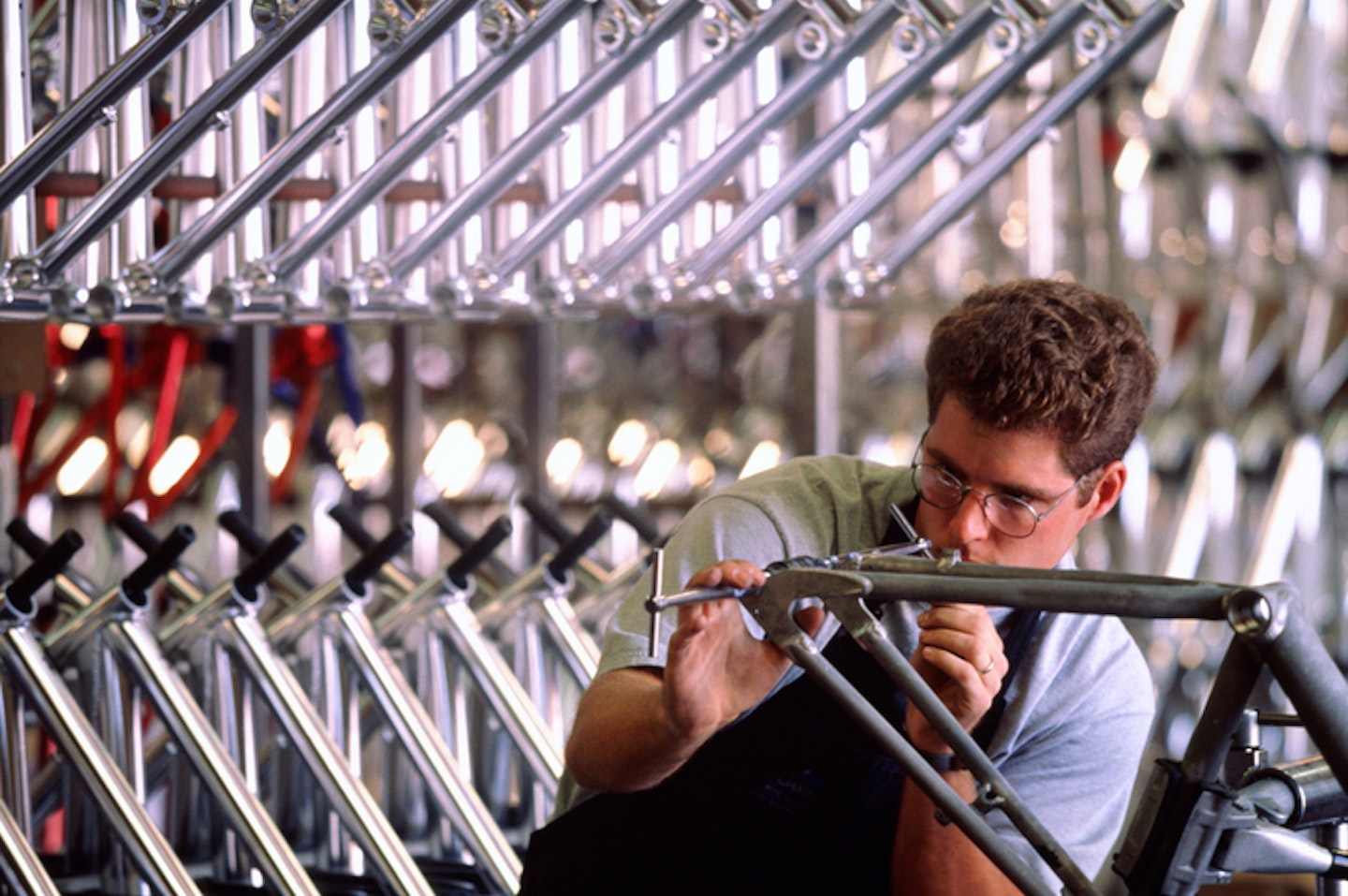
In the modern era, manufacturers can vary the shape of the aluminium frames throughout their length by hydroforming to achieve that latterly stiff and vertically compliant holy grail. This all means that the differences between the two are getting much more minor, certainly in this price range.
To quantify comfort is incredibly difficult as what might be comfortable for one person might not be for the next; ride position, touchpoints, tyres and bike geometry all play a massive role in how you feel on a bike.
Carbon fibre has a slight edge. As you get into the higher price bracket, how you can weave and manufacture different types of carbon fibre significantly takes over any other material. If comfort is your thing, though, with frame material secondary, look for things like tyre clearance, geometry and fit – you can always dial in more comfort with tyre choice and saddles, for example.
Shimano groupsets explained
Most, if not all, of the bikes in this price bracket will be on Shimano groupsets; these are any parts involved in braking, changing gears or running the drivetrain. This includes the shifters, brake levers, front and rear callipers, front and rear derailleurs (sometimes called mechs), crankset, bottom bracket, chain and cassette.
In this price range, Shimano 105 should be a minimum and likely topping out at Ultegra.
The differences in these groupsets can affect the overall price of the bike, and it's often what you're paying the added extra for if all else on the bikes is equal.
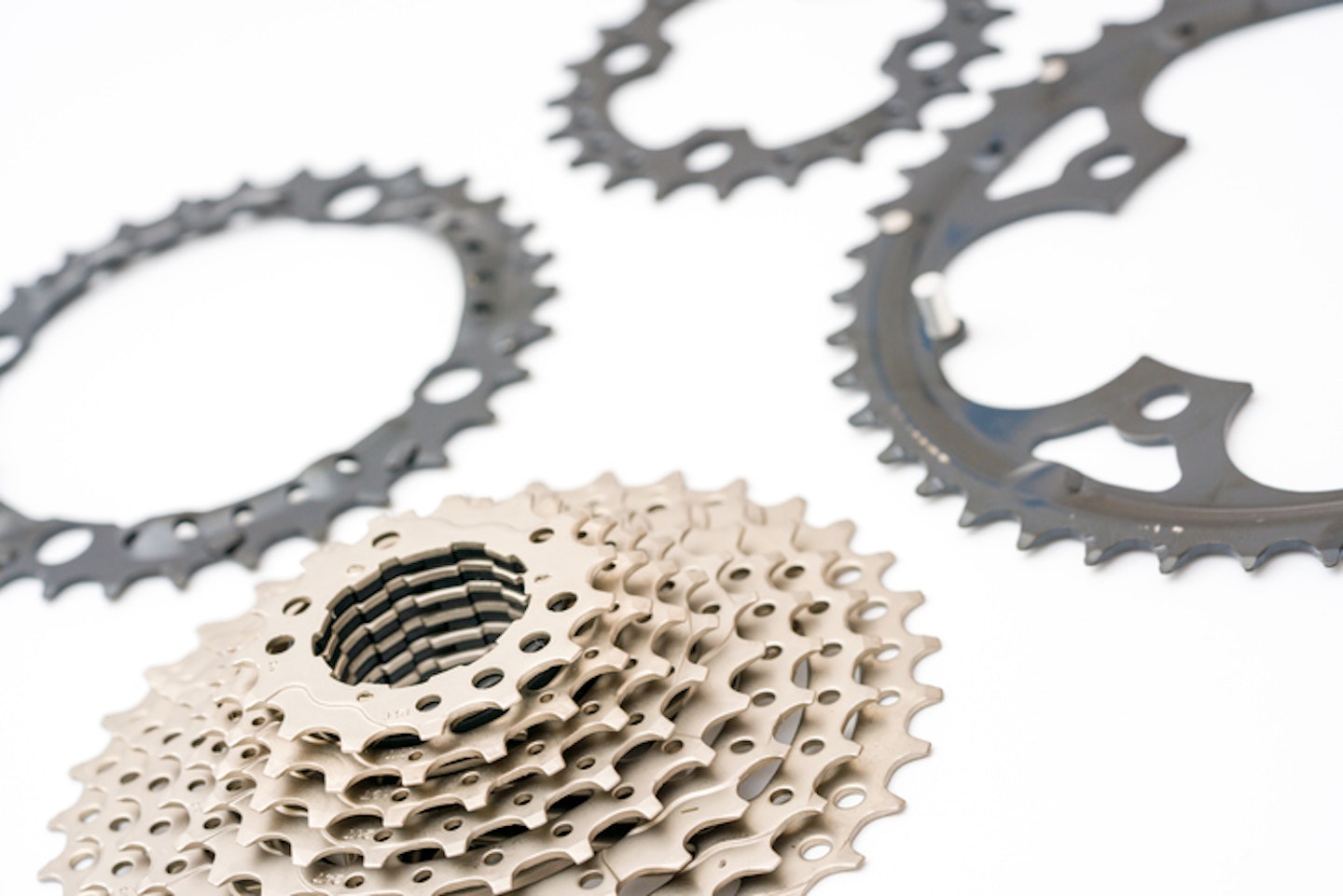
Listed from most expensive to much more entry-level, they are:
• Dura-Ace
• Dura-Ace R9150 Series
• Ultegra
• Ultegra R8050 Series
• 105
• Tiagra
• Sora
• Claris
• Tourney
• A050
